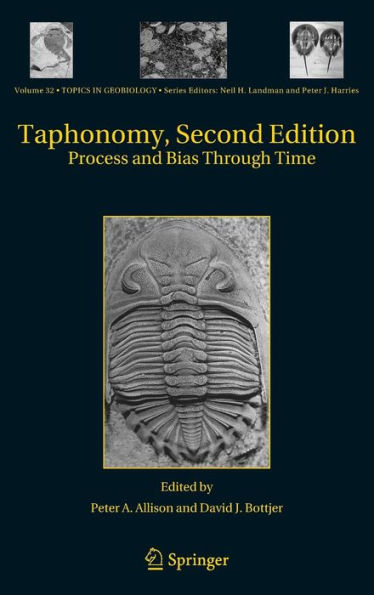Taphonomy: Process and Bias Through Time
Taphonomic bias is a pervasive feature of the fossil record. A pressing concern, however, is the extent to which taphonomic processes have varied through the ages. It is one thing to work with a biased data set and quite another to work with a bias that has changed with time. This book includes work from both new and established researchers who are using laboratory, field and data-base techniques to characterise and quantify the temporal and spatial variation in taphonomic bias. It may not provide all the answers but it will at least shed light on the right questions.
1101673904
Taphonomy: Process and Bias Through Time
Taphonomic bias is a pervasive feature of the fossil record. A pressing concern, however, is the extent to which taphonomic processes have varied through the ages. It is one thing to work with a biased data set and quite another to work with a bias that has changed with time. This book includes work from both new and established researchers who are using laboratory, field and data-base techniques to characterise and quantify the temporal and spatial variation in taphonomic bias. It may not provide all the answers but it will at least shed light on the right questions.
169.99
In Stock
5
1

Taphonomy: Process and Bias Through Time
600
Taphonomy: Process and Bias Through Time
600Hardcover(Second Edition 2011)
$169.99
169.99
In Stock

Product Details
| ISBN-13: | 9789048186426 |
|---|---|
| Publisher: | Springer Netherlands |
| Publication date: | 11/03/2010 |
| Series: | Topics in Geobiology , #32 |
| Edition description: | Second Edition 2011 |
| Pages: | 600 |
| Product dimensions: | 6.10(w) x 9.30(h) x 1.50(d) |
About the Author
From the B&N Reads Blog
